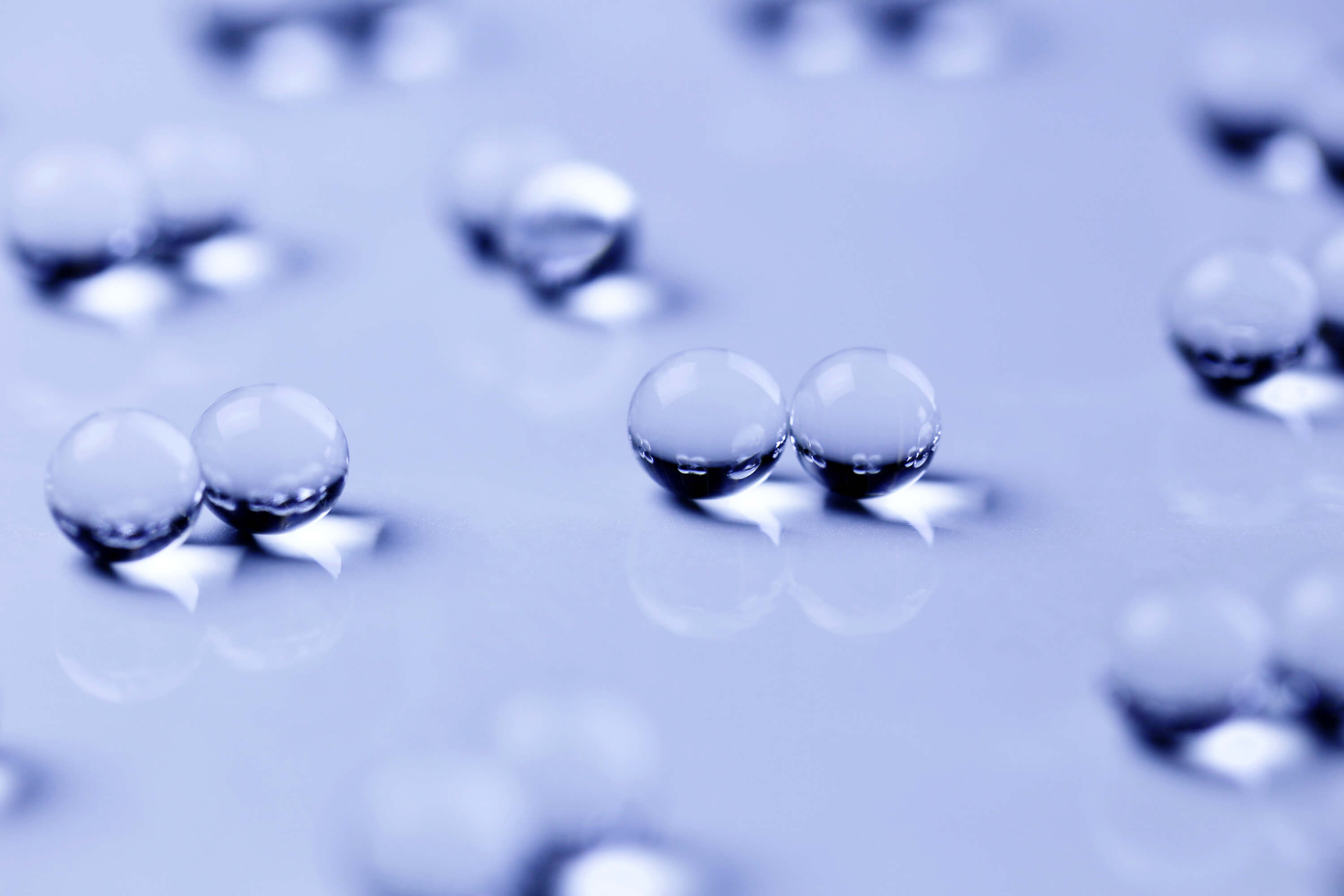Across industries and geographies, businesses are changing in an effort to mitigate climate change. Their innovations are altering their respective fields – proof that climate change, dire as predictions are around its implications, is actionable. Furthermore, in a strictly commercial sense, these businesses demonstrate that it’s worth taking action.
This list highlights seven businesses, four of them family-owned or privately held, whose inventions are leading the way in a century where business sustainability and environmental sustainability are intrinsically linked.

Transforming Nuclear Energy
General Fusion
Conventional nuclear reactors have one key issue negating their environmental viability: fission produces high-level radioactive waste.
Now, however, a Canadian nuclear solution approaching commercialisation aims to change that. General Fusion’s power plant remodels existing experimental fusion reactors by replacing giant magnets and expensive lasers with steam-driven pistons.
The company’s Magnetized Target Fusion system works by magnetically confining plasma derived from a molten lead-lithium core. The resulting fusion generates the heat needed to create steam for electricity production.
General Fusion’s model produces zero greenhouse gas emissions, is entirely safe with no chance of meltdown and emits only helium exhaust. The plant will run on deuterium and tritium, both readily extractable resources.
The Magnetized Target Fusion power plant is completely modular, so energy can be brought wherever it is needed. With considerable financial backing by Jeff Bezos and Microsoft, the company will have its first plant operational by 2023.
Introducing Biogas Digesters to the Dewatering Screw Press Process
Vincent Corporation
The Vincent Corporation has long been at the forefront of a technology known as the dewatering screw press. The screw press process, which is used to separate biowaste liquids from solids, is applicable across a variety of industrial settings. Previously, the company thrived on its product’s usage in the citrus, pulp and paper and recycling sectors. Put simply, the process grinds solid waste to extract water (press liquor), which is then treated and reclaimed.
Recently, Vincent Corporation has taken this process a step further by introducing biogas digesters into their chain of production. The by-product organic solids (press cake) are fed into the digester, and over time, bacteria eat the biowaste and produce gas. This gas is then collected and refined to renewable fuel.
The end product, renewable natural gas, is gaining traction throughout the world as governments adopt its usage in public transportation and convert it into electricity and heat.
Utilising Greenhouses and Harnessing the Power of Hydronic Heat
Stuppy Greenhouse
Greenhouses have changed the landscape of agriculture. The microclimates they create allow growers to take some aspects of nature into their hands, and such control bolsters profit margins. Furthermore, by consuming less energy, greenhouses can reduce greenhouse gases.
Since 1873, the Stuppy family has innovated greenhouses in ways that maximise these positives. Their latest innovation, Heat2O™, is a hydronic heating mechanism that uses rubber tubing beneath the soil, enabling growers to control soil temperature at the root zone. The results are better seed germination and accelerated rooting and plant growth. The grower can even create different heat zones to allow for crop diversity in the same growing environment.
Reducing Transportation and Maintenance Construction with InfinitPipe®
QuakeWrap
QuakeWrap, founded by Mo Ehsani, grew to prominence through its eponymous structural repair product. A fibre-reinforced polymer, QuakeWrap extends the longevity of structures.
Ehsani’s most recent invention, InfinitPipe®, is making waves in the world of civil engineering. At 10 per cent the weight of conventional industrial steel and concrete piping, InfinitPipe® is changing the way we approach infrastructure.
InfinitPipe®‘s structure allows for lengths of up to 1,000 feet before a joint is required compared to the 20 feet necessary with conventional piping products. These combined factors reduce the monitoring and maintenance required, ensuring longevity.
Importantly, the pipes can be made locally, eliminating the need for costly and CO2-intensive transportation. The most creative use of the product, however, may be in the ocean. Ehsani has an active proposal to use InfinitPipe® to move cooler ocean water up to the surface to prevent coral bleaching.

Popularising Solar Panels
Canadian Solar
Solar technology has revolutionised the renewable energy industry, usurping fossil fuels if only in small ways currently.
In its earliest form, monocrystalline solar panels were not only costly but also inefficient. Now, however, the market is flooded with mono, poly and thin-film options. Producers seek to differentiate themselves, but few have been as successful as Canadian Solar.
Founded by Dr Shawn Qu, Canadian Solar has become one of the largest solar photovoltaic providers, as well as one of the largest solar power plant developers globally. Their cumulative output of 38 GW in more than 150 countries illustrates the impact of their model. By offering support through the entire project cycle – feasibility, permitting, developing, engineering, procurement, construction and maintenance – Canadian Solar keeps purchasing and operation costs low for industrial and commercial customers, even in developing regions.
Recently, Canadian Solar set the record for poly cell efficiency. Their bifacial module, rated at 579 W, and their single facial module, rated at 450 W, place them at the top of the industry.
[ms-protect-content id=”4069,4129″]
Revolutionising Ethanol Biofuel
Pacific Ethanol
The human-induced production of greenhouse gases through transportation is one way that global temperatures are rising. Pacific Ethanol, the leading producer of low-carbon renewable fuels in the United States, aims to change all that.
Their ethanol biofuel, derived from a corn by-product, reduces CO2 emission while its high octane levels increase engine performance. The company anticipates that ethanol will soon account for 15 per cent of United States’ fuel supply.
Currently, the company is expanding its biofuel production with cellulosic ethanol, a fuel derived from the fibrous parts of plants inedible to animals and humans, thus recycling biowaste.
Though it’s still on the horizon, Pacific Ethanol anticipates the advent of cellulosic ethanol to reduce greenhouse gas emissions by 86 per cent.
Making Green Hydrogen to Store Power
DEME
DEME is an international pioneer in offshore energy projects. The Belgian-based firm is best known for its dredging and marine wind operations. Coming off their recent completion of the SARB artificial islands energy project, DEME is pushing the envelope in wind energy production further with HYPORT®, a green hydrogen production plant.
The plant will siphon excess electric energy from the nearby wind farm and convert it through electrolysis, a technique that utilises electricity to split molecules and create hydrogen from renewable resources.
This green hydrogen will allow the company to store surplus energy for use when peak consumption periods do not align with periods of peak wind.
DEME anticipates the facility to be fully operational in 2025 and estimates that it will reduce CO2 emissions by 1 million tonnes per year.
[/ms-protect-content]














